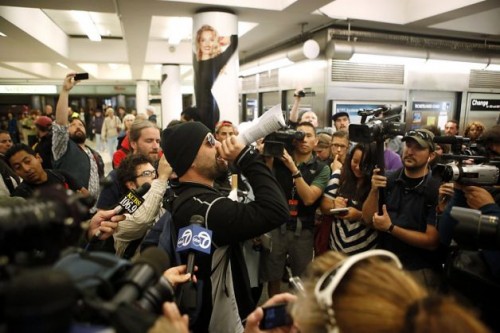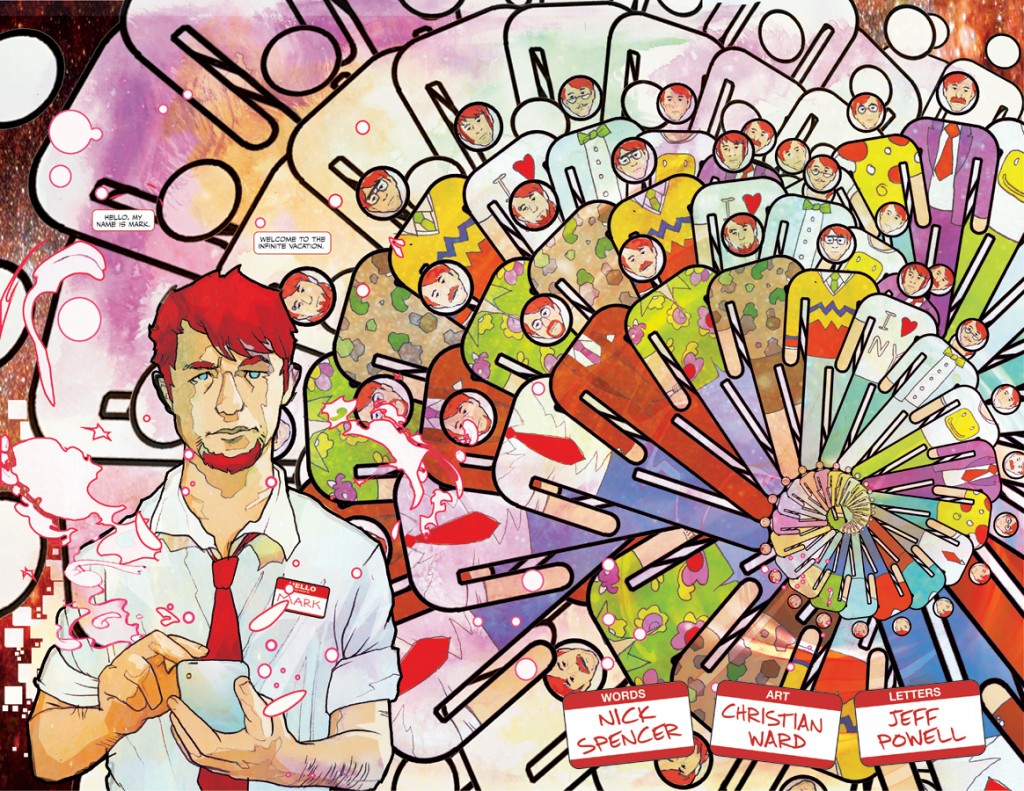
While our collective imagination has been gripped with the images of downtrodden folks in other parts of the world uprising in seemingly spontaneous acts of defiance, here at home, we late industrial consumers continue doing what we do best: passively and uncritically absorbing whatever is in front of us. In our zeal to dive into the next hot thing that the market offers us, we seldom have occasion to question what is absent—what is quietly being denied us—and what social costs are obscured by the price tag of a commodity.
Apple is an interesting contradiction in consumer society because, on the hand, it seems endlessly capable of producing new devices that we never knew we needed; yet, when we pick them up, they seem almost magical, enabling us to do things we hardly imagined—or, rather, to consume things in ways we never imagined. In light of its continual innovation and its capacity to generate “cool,” Apple is often seen as progressive organization. On the other hand, Apple is notorious for placing authoritarian controls on its products. As the old quip goes: “Linux is great at letting you do what you want to do (if you are willing to stare for hours at line code), Apple is great at letting you do what they want you do, and Windows is great at crashing.” Of even greater concern, Apple remorselessly outsources it labor to China’s most offensive factories, some of which recently received attention because they had to install nets around the buildings to end a spate of highly-public suicides.
Two recent artworks highlight the underside of Apple’s pristine white carapace. more...








